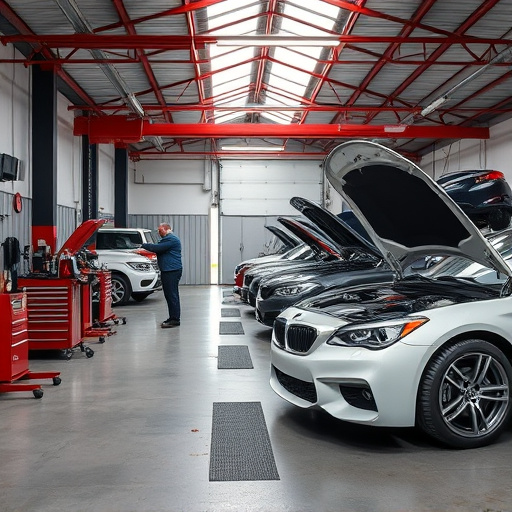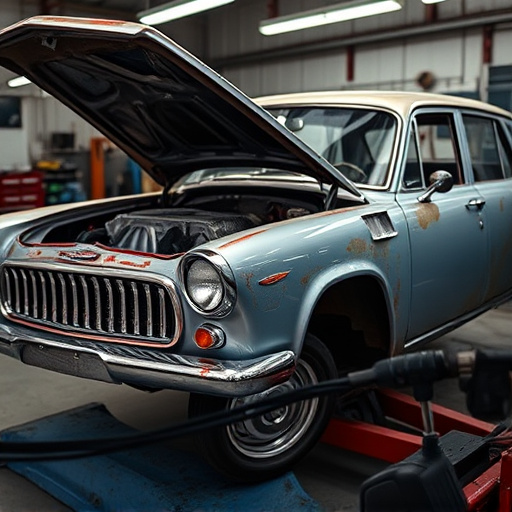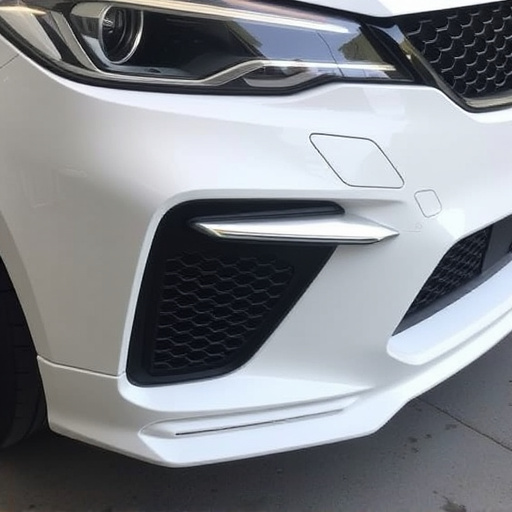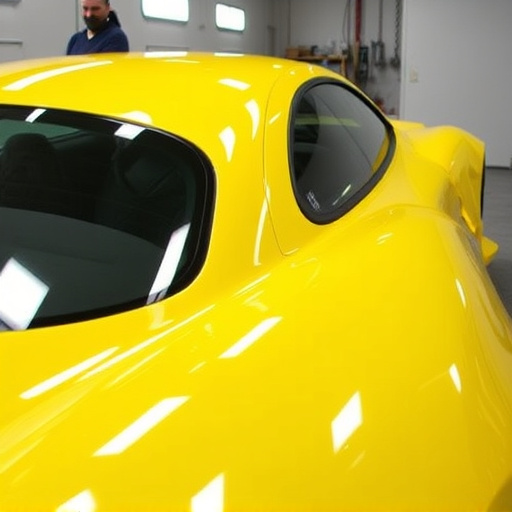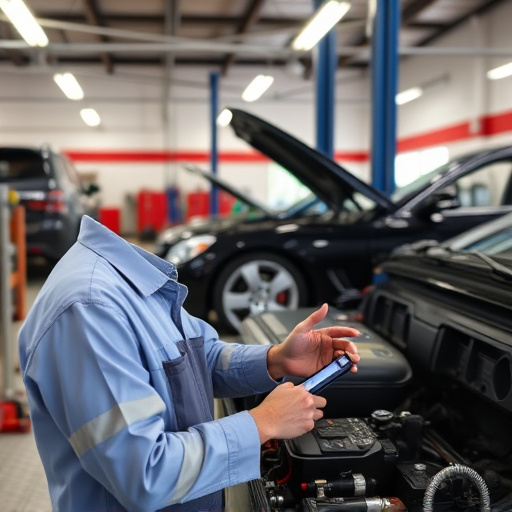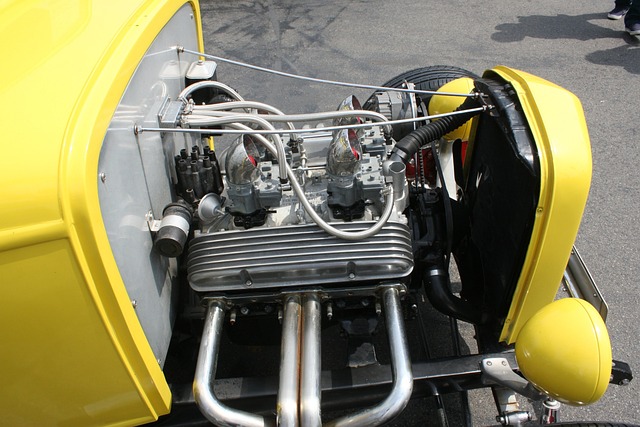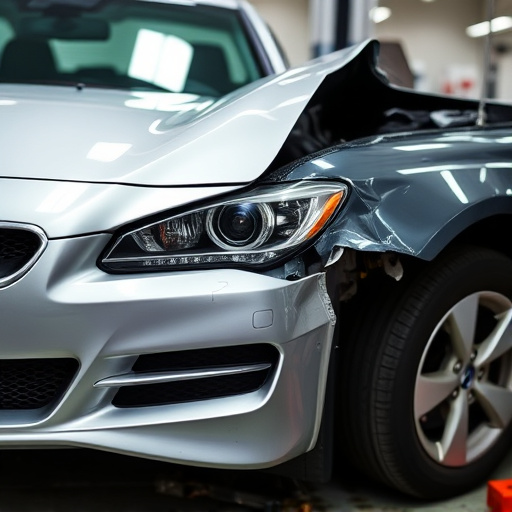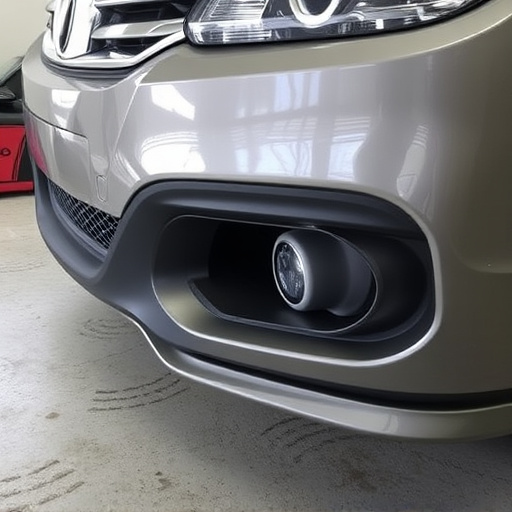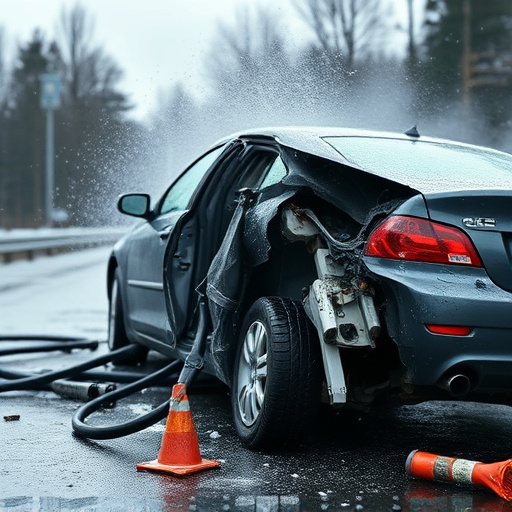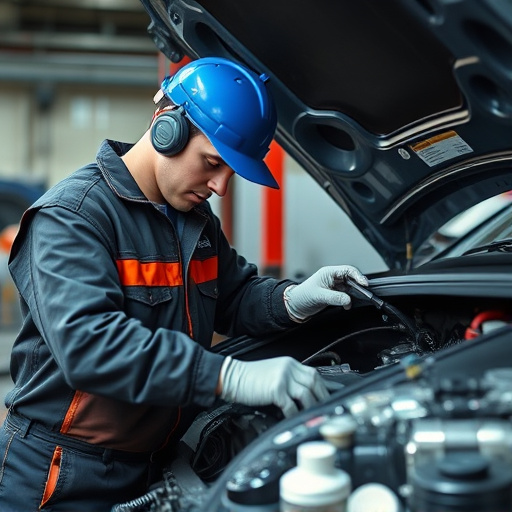OEM collision parts from manufacturers offer superior quality, precise fitment, and safety for car repairs, backed by warranties. While aftermarket parts are cheaper and customizable, they may lack compatibility, compromise performance, and have limited warranty coverage, potentially offsetting savings. For optimal durability and reliability, OEM collision parts remain the trusted standard.
When it comes to repairing your vehicle after a collision, choosing between OEM (Original Equipment Manufacturer) and aftermarket collision parts is crucial. This decision can impact not only the repair quality but also your wallet. Understanding the distinctions between these two options is essential for informed car owners.
In this article, we’ll guide you through the world of OEM collision parts, sourced directly from manufacturers, and explore the diverse landscape of aftermarket alternatives. We’ll delve into key differences regarding quality, warranty, cost, and performance to empower you in making an educated choice.
- Understanding OEM Collision Parts: Direct from the Manufacturer
- Exploring Aftermarket Collision Parts: Options and Considerations
- Key Differences: Quality, Warranty, Cost, and Performance Comparison
Understanding OEM Collision Parts: Direct from the Manufacturer
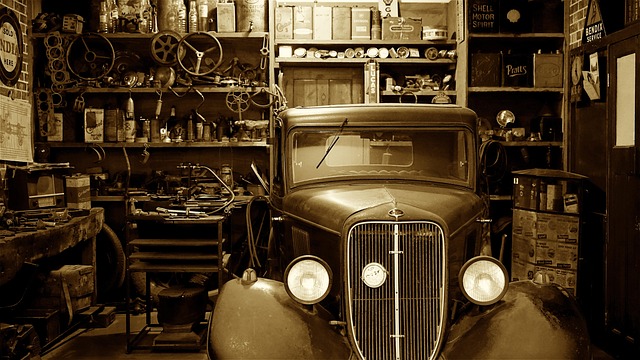
OEM collision parts are those that are directly sourced from the vehicle manufacturer, designed and produced to fit a specific make and model. When your car experiences damage due to a collision, these original equipment parts offer several advantages. They are engineered to meet the exact specifications of the vehicle, ensuring a precise fit and seamless integration into the existing structure. This is particularly crucial in auto dent repair and auto glass repair processes where accurate measurements are vital for safety and optimal performance.
In a car body shop, using OEM collision parts can lead to more efficient repairs and higher quality outcomes. They often come with detailed technical documentation, making them easier to install compared to aftermarket alternatives. Moreover, original equipment parts typically offer superior durability and reliability, contributing to the longevity of your vehicle post-repair.
Exploring Aftermarket Collision Parts: Options and Considerations
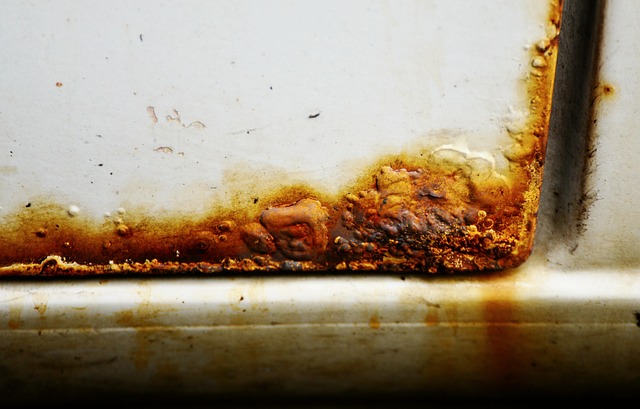
When it comes to collision repair, many individuals opt for aftermarket parts, a vast and diverse market offering numerous options beyond traditional OEM (Original Equipment Manufacturer) choices. This sector includes a wide array of suppliers and brands, each catering to different price points and quality standards. Aftermarket collision parts can range from generic, budget-friendly options to more specialized, high-performance replicas designed to match the original vehicle specifications.
Choosing aftermarket components for auto dent repair or vehicle paint repair provides several advantages. It allows for greater flexibility in terms of pricing, often making it a cost-effective solution. Moreover, with a wide variety of styles and finishes available, restorers can achieve precise vehicle paint repair results while enhancing the overall aesthetic appeal. However, it’s essential to exercise caution and ensure that these parts are compatible with your specific vehicle model and year, as proper fitment is crucial for safety and long-lasting performance in automotive repair.
Key Differences: Quality, Warranty, Cost, and Performance Comparison
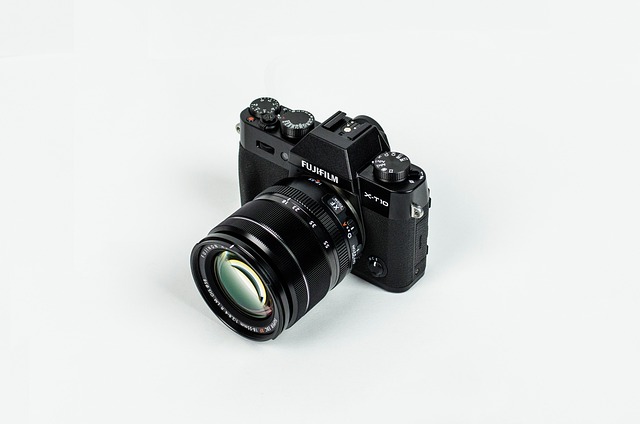
When comparing OEM collision parts to aftermarket alternatives in the context of auto dent repair and car paint services, several key differences emerge. In terms of quality, OEM parts are generally considered superior as they are manufactured by the vehicle’s original equipment maker, ensuring compatibility and a higher standard of craftsmanship. Aftermarket parts, while often cheaper, may not match the precision and durability of OEM components, potentially leading to issues with fitment and long-term performance in a vehicle body shop.
Warranty coverage is another significant differentiator. OEM collision parts typically come with comprehensive warranties backed by the manufacturer, offering peace of mind for consumers. Aftermarket products, on the other hand, often have limited or no warranty, increasing the financial risk for buyers. Cost-wise, aftermarket parts are usually more affordable, making them an attractive option for those looking to save money on car paint services and vehicle body shop repairs. However, the potential trade-off in quality and performance may negate these savings in the long run.
When choosing between OEM collision parts and aftermarket options, understanding the key differences is essential. OEM parts, sourced directly from manufacturers, offer superior quality, original specifications, and often come with comprehensive warranties. Aftermarket parts, while varied in quality, provide cost-effectiveness and customization possibilities for specific vehicle models. Ultimately, the decision depends on individual needs, budget, and desired performance, ensuring each driver receives the best fit for their repair requirements.
